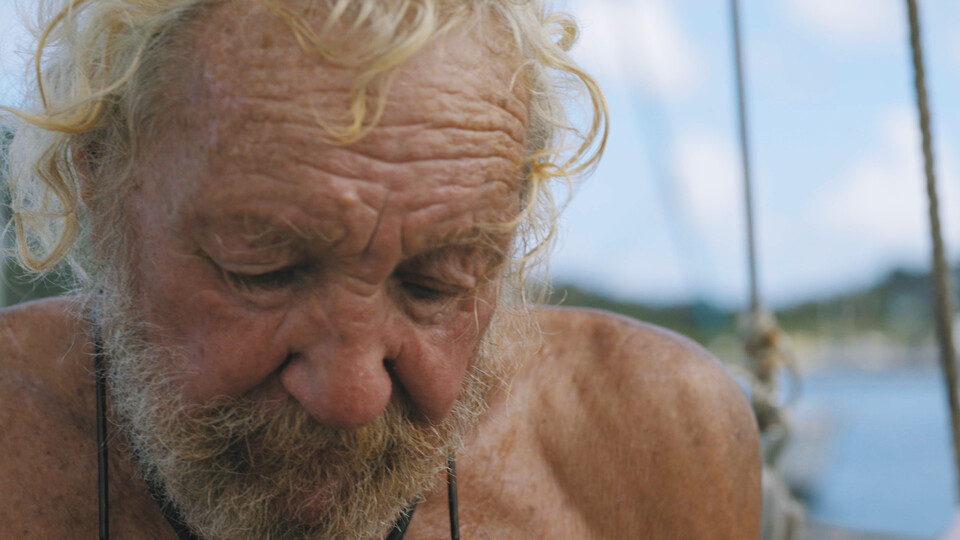Susan Sontag and photography
In her life, she became one of her generation’s most important literary, political, and feminist icons. But what did Susan Sontag tell us about images? This year, Ji.hlava IDFF will introduce all films made by Susan Sontag in the section called Fimmaking is a Privilege.
Susan Sontag (1933–2004) was active in writing and speaking about or travelling to areas of conflict – as the Vietnam War and the Siege of Sarajevo. She wrote extensively about photography, illness, media, and human rights, while her essays and speeches drew consistent controversy.
But, what did Susan Sontag tell us about images? That the convenience of modern photography created an overabundance of visual material, where «just about everything has been photographed,» as told in her 1977 essay book On Photography. This proliferation of photographic images made a «chronic voyeuristic relation» to the world – with the consequence that the meaning of all events is leveled and made equal. Images can replace direct experience and limit reality. As Sontag wrote, photography desensitizes its audience to horrific human experiences. Several reviews from the more aesthetic world of art photography – that followed On Photography – were skeptical and hostile.

Sontag continued in 2002 to theorize about the role of photography in real life in her essay Looking at War: Photography's View of Devastation and Death (The New Yorker). She criticized not that «people remember through photographs but that they remember only the photographs» – as we limit ourselves to «be able to call up a picture». Photography (and film) as a medium also foster an attitude of anti-intervention – those who seek to record cannot intervene, and those who intervene cannot faithfully record.
Then in 2003, Sontag published a partial refutation of opinions she espoused in On Photography in her new book Regarding the Pain of Others – like a postscript to the former. Here she was especially interested in war photography – and the question «How in your opinion are we to prevent war?»
.png)
.jpg)
But Regarding the Pain of Others also undercuts the hopes that photographs can lead to action. Think about it: Showing atrocities can also support today’s growing military industrial complex – to keep the «enemies» away. And showing hell doesn’t mean you show how to get people out of there or end the horrors of war – a business today close to two trillion USD per year, combined with corruption and bribery.
At the same time, we know some images lead to action – as of the dead Syrian child on the beach of boat refugees in 2015. But about the more shocking war images, Sontag says that those who have not lived through such things «can't understand, can't imagine» the experiences such images represent.

But why is the desire for bodies in pain as big as for nudes – as Sontag wrote in her last book? The fascination for the morbid has always been here since the invention of the camera. But as Sontag says, we are not psychological and moral grownups with so much shown «innocence», superficiality, and ignorance.
In her life, Sontag became one of her generation’s most important literary, political, and feminist icons. She also wrote wonderful film essays on Godard's Vivre sa vie, Resnais' Muriel, and Bergman's Persona.
The documentary Regarding Susan Sontag (2014) later explored her life through archival materials, with accounts from friends, family, colleagues, and lovers – as well as her own words read in the film.

She was together with the famous photographer Annie Leibovitch for the last 15 years of her life. Sontag was also watched, viewed, stared at, and photographed. And she looked back, very carefully, particularly at photography – and what she called «the ecology of images».
Her works on photography, war, illness – and terrorism – still resonate today.
Author is the editor-in-chief of Modern Times Review
---
This article is a result of the project Media and documentary 2.0, supported by EEA and Norway grants 2014–2021.



